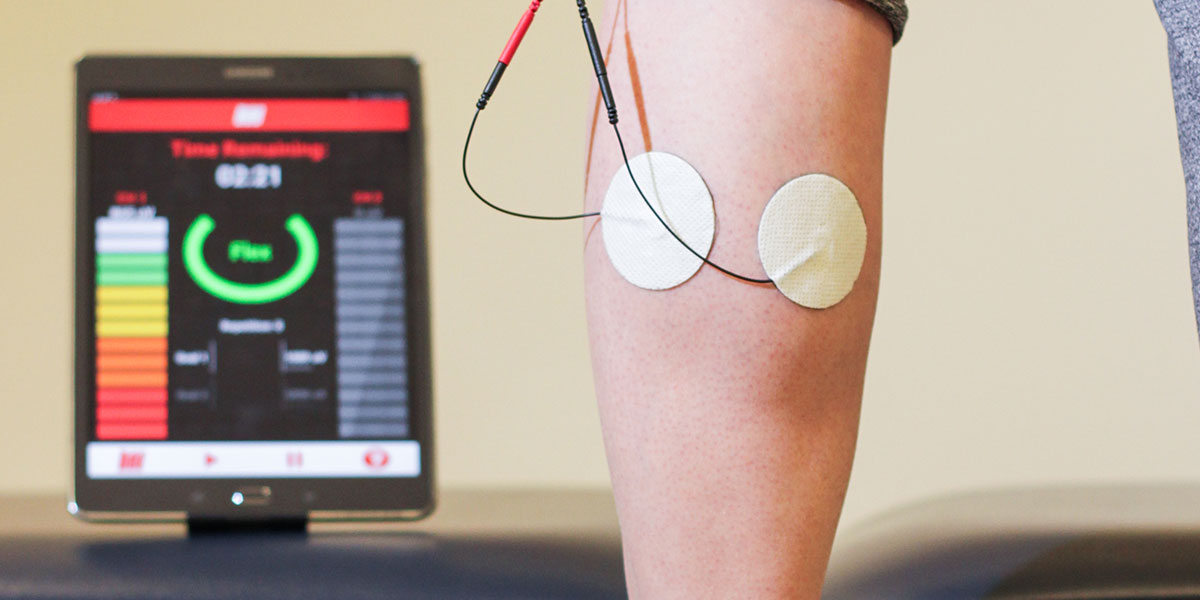Revealing the Mysteries of the Mind Through qEEG Brain Mapping in Mental Wellness Evaluation
Revealing the Mysteries of the Mind Through qEEG Brain Mapping in Mental Wellness Evaluation
Blog Article
Comprehending the human brain is a challenging endeavor, particularly when it pertains to psychological health. Conventional approaches of assessment often rely on interviews and surveys, which can occasionally miss important aspects about how the brain functions. This is where qEEG electroencephalography, or qEEG, comes into play. qEEG is a specific method that measures electrical signals in the cerebrum. By examining these brainwaves, mental health experts can obtain valuable insights into a person's psychological condition, helping to improve assessment and intervention.
qEEG works by applying small electrodes on the head to record brain activity. These electrodes detect neural signals produced by neurons, the units in the cerebrum that communicate with each other. The data collected is then analyzed and presented as a set of patterns. Each type of brainwave—such as α, β, delta, and theta—relates to different mental conditions and functions. For example, α oscillations are often associated with relaxation, while β waves are linked to engaged thinking and issue resolution. By examining these patterns, healthcare providers can detect irregularities that may indicate psychological health issues.
One of the major advantages of qEEG is its ability to offer unbiased data. Unlike traditional assessments that depend on personal accounts from patients, qEEG offers a clear picture of brain activity. This clarity can assist minimize biases in diagnosis and lead to more precise intervention plans. For instance, if a client is facing stress, qEEG can show specific patterns of brain function that are linked with stress conditions. This data enables psychological health professionals to tailor interventions more effectively, whether it be through counseling, pharmaceuticals, or alternative treatments.
Moreover, qEEG can be particularly useful in monitoring treatment progress. By conducting qEEG assessments at various points during therapy, healthcare providers can monitor variations in neural function over period. This continuous assessment helps ascertain whether a intervention is working or if modifications are required. For instance, if a client is not reacting to a specific treatment, qEEG may indicate that their neural function has not altered in a manner that suggests progress. This response cycle can result to more customized and efficient psychological health care.
In summary, qEEG brain mapping is a potent instrument in the domain of psychological health evaluation. By offering objective information about neural function, it improves the comprehension of different psychological health disorders. This method not only assists in accurate diagnosis but also assists in monitoring intervention success. As psychological health experts persist to investigate the capabilities of qEEG, it possesses potential for enhancing the well-being of people dealing with psychological health challenges. With ongoing investigation and advancements in technology, the mysteries of the mind may become clearer, leading helpful site to better outcomes for those in need of support.